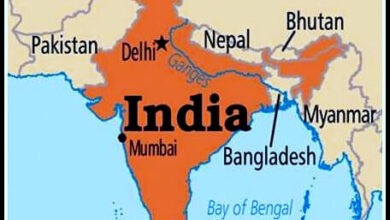Important Gulfs of the World
Important Gulfs of the World
Table of Contents
What is Gulf?
- A gulf is a body of water that is connected to a sea or ocean and is surrounded or penetrated by land. The gulf is almost completely surrounded by land.
- Gulfs vary greatly in size, shape, and depth. They are generally larger and more deeply indented than bays.
- Like bays, they often make excellent harbours. Many important trading centres are located on gulfs.
- The world’s largest gulf is the Gulf of Mexico.
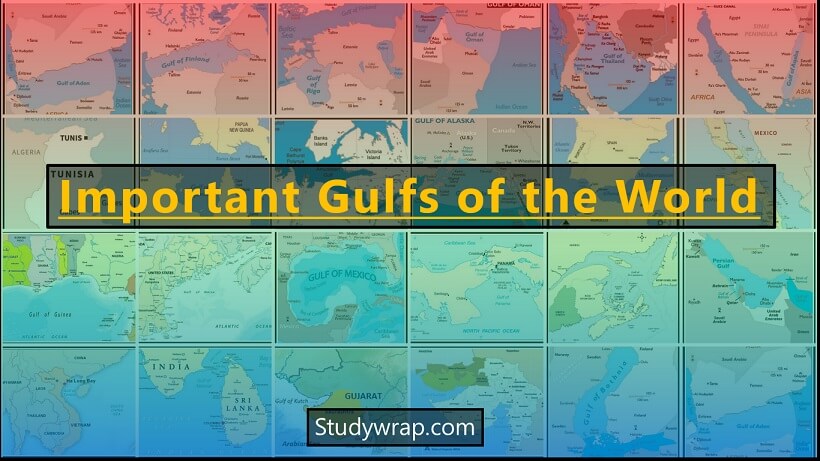
Difference between Gulfs and Bays
|
Gulf |
Bay |
|
A gulf is a portion of the ocean that penetrates land. |
A bay is a body of water partly surrounded by land. |
|
Gulfs vary greatly in size, shape, and depth. They are generally larger and more deeply indented than bays. |
A bay is usually smaller and less enclosed than a gulf. |
|
Gulfs are sometimes connected to the ocean by narrow passages of water called straits. They can also have wide openings and are sometimes indistinguishable from larger bodies of water. |
The mouth of the bay is typically wider than that of a gulf where meets the ocean or lake. |
|
Eg. – Persian Gulf |
Eg. – Hudson Bay, Canada |
Important Gulfs of the World
Following are the Important Gulfs of the World –
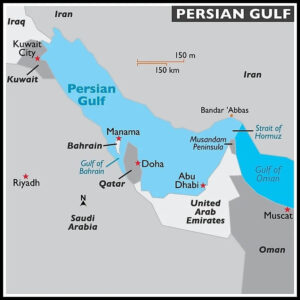
Persian Gulf
- It is located in Western Asia between Iran and the Arabian Peninsula.
- The Persian Gulf is an extension of the Indian Ocean (Gulf of Oman) through the Strait of Hormuz.
- Countries with a coastline on the Persian Gulf are Iran, Oman, United Arab Emirates, Saudi Arabia, Qatar, Bahrain, Kuwait, and Iraq.
- It has great geographical and economic importance as major crude oil trade passes through this region and thus act as one of the Important Gulfs in the World.

Gulf of Oman
- Gulf of Oman connects the Arabian Sea with the Strait of Hormuz, which then runs to the Persian Gulf.
- The gulf borders Pakistan and Iran on the north, Oman on the south, and the United Arab Emirates on the west.
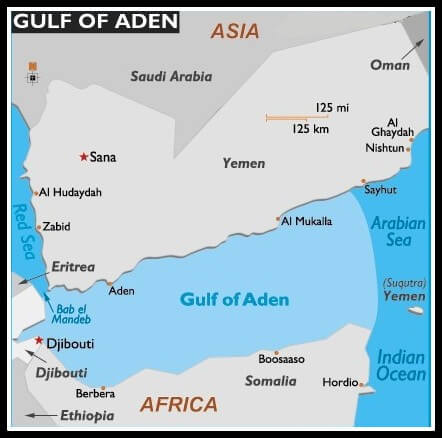
Gulf of Aden
- Gulf of Aden is located in the Arabian Sea between Yemen and Somalia.
- In the north-west, it connects with the Red Sea through the Bab-el-Mandeb strait.
- The waterway is part of the important Suez Canal shipping route between the Mediterranean Sea and the Arabian Sea in the Indian Ocean.
- The Gulf is named after the port city of Aden in Yemen. It is one of the busiest sea routes as it connects Arabian Sea with the Red Sea.

Gulf of Aqaba
- The Gulf of Aqaba or Gulf of Eilat is a large gulf located at the northern tip of the Red Sea, east of the Sinai Peninsula and west of the Arabian mainland.
- The coastline of Gulf of Aqaba is shared by 4 nations – Israel, Jordan, Egypt and Saudi Arabia. The Gulf of Aqaba is one of the world’s premier sites for diving.
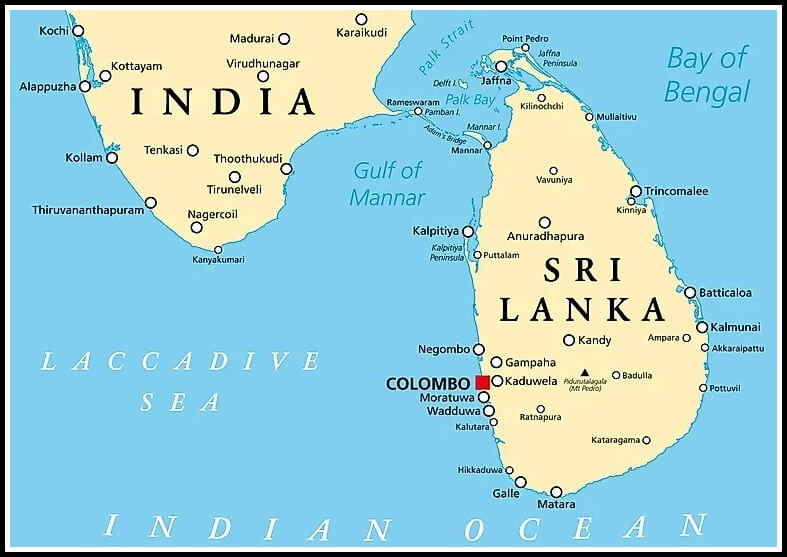
Gulf of Mannar
- Gulf of Mannar lies between the southeastern tip of India and the west coast of Sri Lanka.
- It is a large shallow bay forming part of the Laccadive Sea in the Indian Ocean.
- Adam’s Bridge, also called Ramsethu, which includes Mannar Island, separates the Gulf of Mannar from Palk Bay, which lies to the north between India and Sri Lanka.
- In 1986, a group of 21 islets lying off the Tamil Nadu coast between Thoothukudi and Dhanushkodi was declared the Gulf of Mannar Marine National Park. The park and its 10 km buffer zone were declared a Biosphere Reserve in 1989.
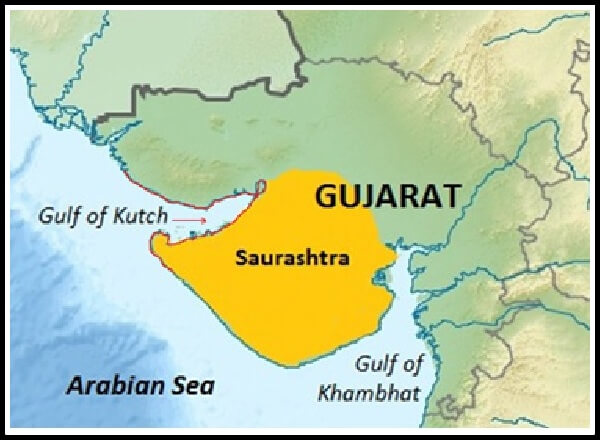
Gulf of Kutch
- It is situated on the coast of the state of Gujarat near the Kutch region, India.
- It is an inlet into the Arabian Sea from the west coast of India.
- The maximum depth of the Gulf of Kutch is 402 ft and its width is around 150 to 160 Kms.
- The First Coral garden will be set up in the Gulf of Kutch.
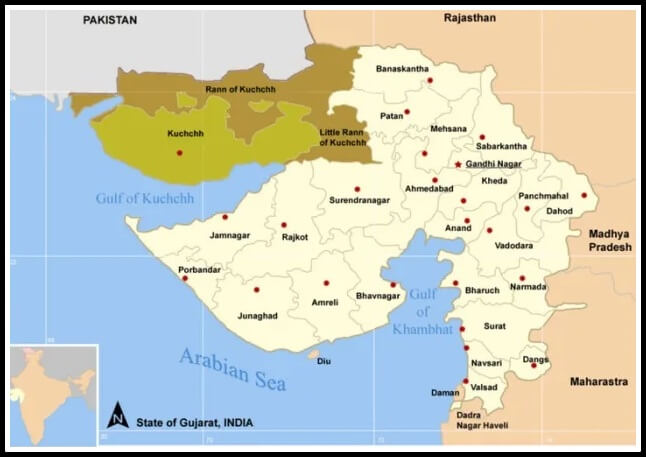
Gulf of Khambhat
- It also is known as the Gulf of Cambay.
- This is located south of the Gulf of Kutch and is also an extension of the Arabian Sea along the western coast of India around the state of Gujarat.
- India’s major east-flowing rivers – Narmada and Tapi flow into the Gulf of Khambhat.
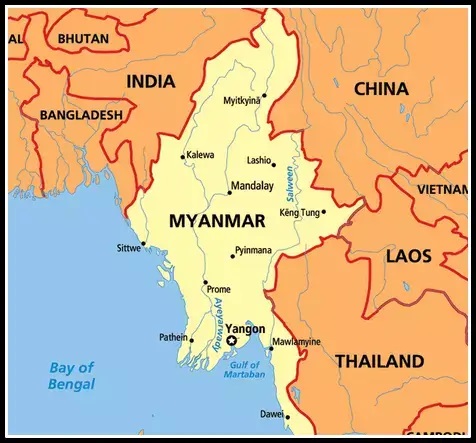
Gulf of Martaban
- The Gulf of Martaban or the Gulf of Mottama is an arm of the Andaman Sea in the southern part of Burma. The gulf is named after the port city of Mottama (formerly known as Martaban).
- The Sittaung, Salween, and Yangon rivers empty into it.
Gulf of Suez
- The Gulf of Suez is a gulf at the northern end of the Red Sea, to the west of the Sinai Peninsula and East coast of African Mainland.
- It is the home to the famous Suez Canal, hence is a very busy sea route for international trade. The Suez Canal is located on the northern tip of the Gulf. Thus, it is one of the most Important Gulfs in the World.
- Situated to the east of the Sinai Peninsula is the smaller Gulf of Aqaba.
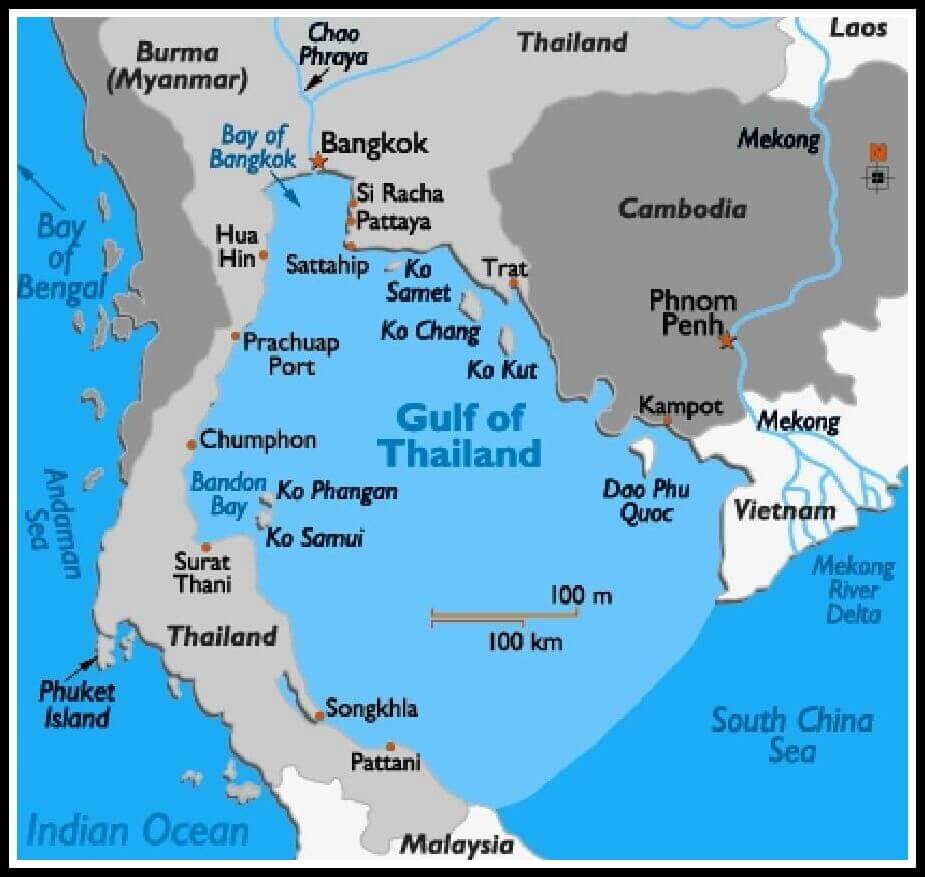
Gulf of Thailand
- Gulf of Thailand was formerly known as the Gulf of Siam and is a part of South China Sea.
- The Gulf of Thailand is bordered by Cambodia, Thailand, and Vietnam.
- The northern tip of the gulf is the Bay of Bangkok at the mouth of the Chao Phraya River.
- The gulf covers roughly 320,000 km2.
- It is the home to many coral reefs, however, due to global warming there has been coral bleaching in the region.
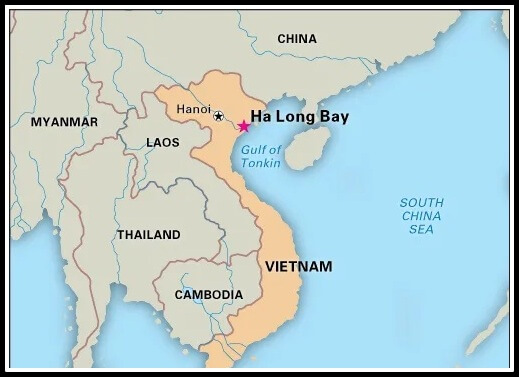
Gulf of Tonkin
- The Gulf of Tonkin is a gulf at the northwestern portion of the South China Sea, located off the coasts of Tonkin and South China.
- The gulf receives the Red River, and its main ports include Ben Thuy and Haiphong in northern Vietnam and Beihai (Pakhoi) in China.
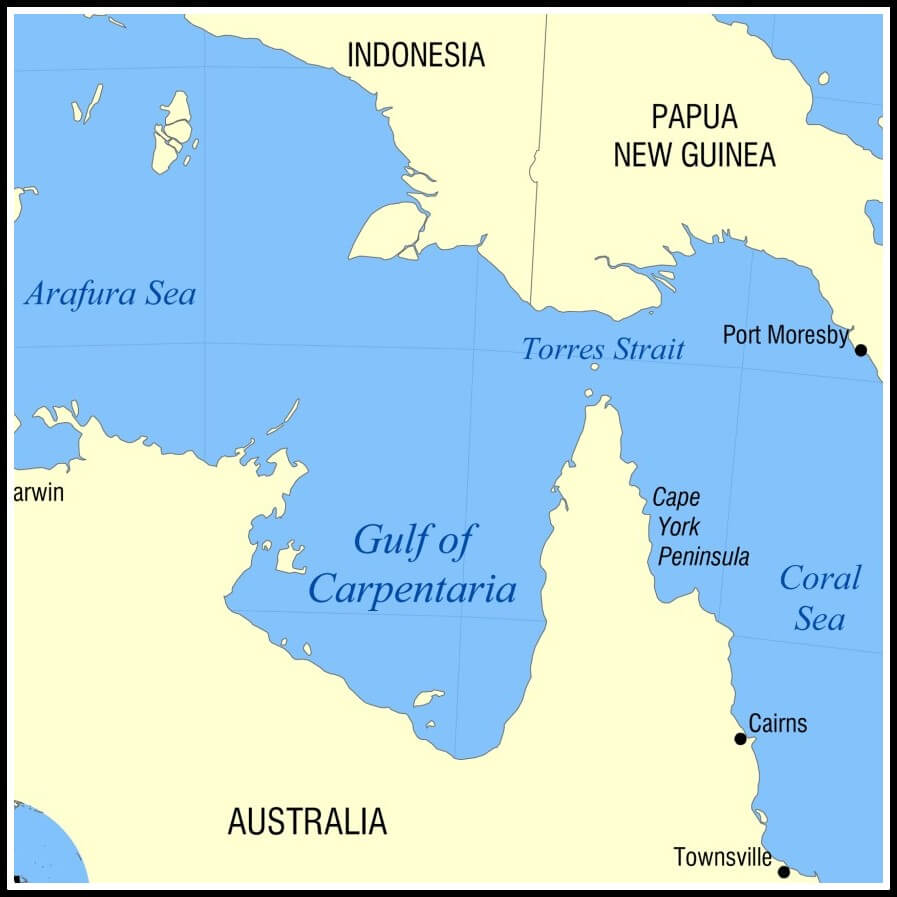
Gulf of Carpentaria
- It is a large, shallow sea enclosed on three sides by northern Australia and bounded on the north by the Arafura Sea.
- The Arafura Sea is the body of water that lies between Australia and New Guinea.
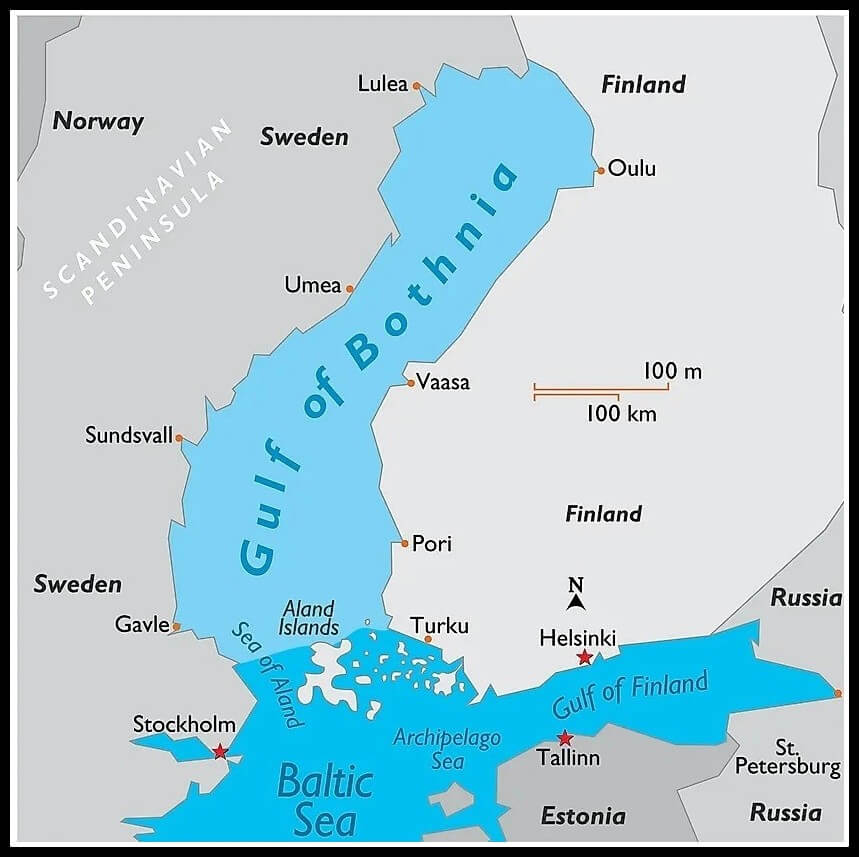
Gulf of Bothnia
- The Gulf of Bothnia is part of the Baltic Sea between Sweden and Finland.
- It is the northernmost arm of the Baltic Sea. The Gulf of Bothnia separate the east coast of Sweden with the west coast of Finland.
- The gulf is the major driver of sea trade traffic in the Scandinavian region.
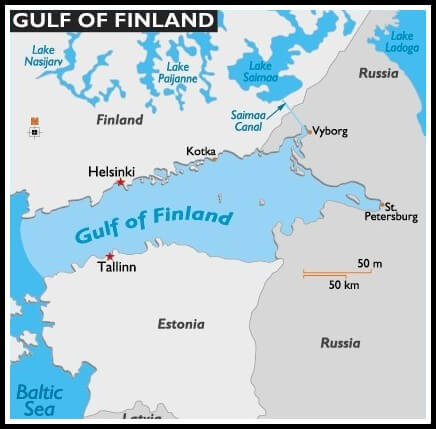
Gulf of Finland
- Gulf of Finland is located between the southern coast of Finland and the northern coast of Estonia in the Baltic Sea.
- It extends all the way to Saint Petersburg in Russia, where the river Neva drains into it. The eastern parts of the Gulf of Finland belong to Russia.
- The area of the gulf is 30,000 km2. The length from the Hanko Peninsula to Saint Petersburg is 400 km.
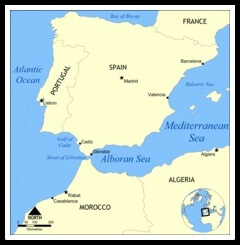
Gulf of Cádiz
- The Gulf of Cádiz is in the Atlantic Ocean between the southernmost point of mainland Portugal and Cape Trafalgar at the western end of the Strait of Gibraltar.
- Two major rivers, the Guadalquivir and the Guadiana reach the ocean here.
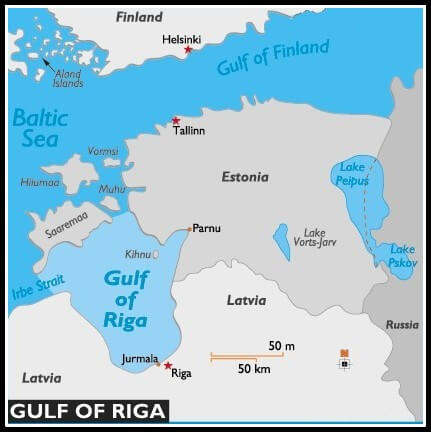
Gulf of Riga
- The Gulf of Riga is a bay of the Baltic Sea between Latvia and Estonia.
- Gulf of Riga and the Baltic Sea is connected by the Irbe Strait.
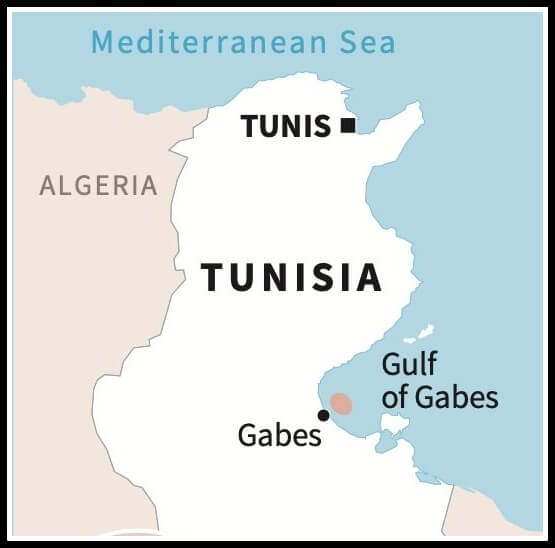
Gulf of Gabes
- Gulf of Gabes is situated on Tunisia’s east coast in the Mediterranean Sea, North Africa.
- The gulf borders Libya and Tunisia.
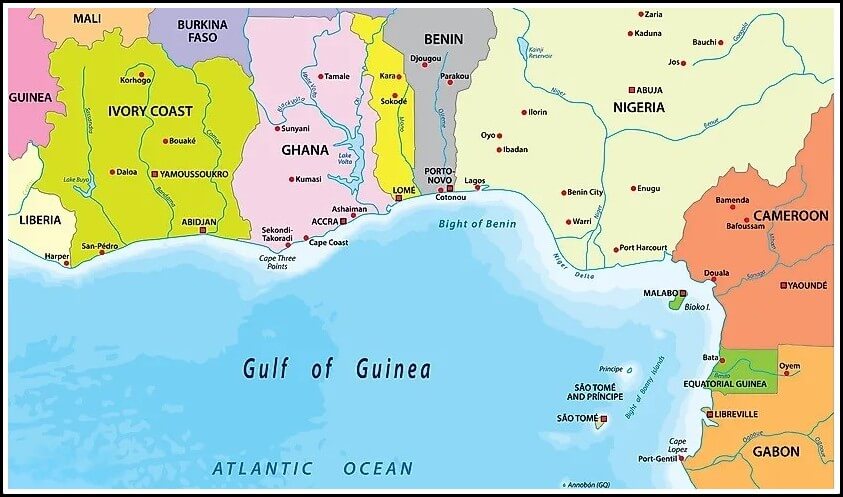
Gulf of Guinea
- The Gulf of Guinea is the north-easternmost part of the tropical Atlantic Ocean.
- The intersection of the Equator and Prime Meridian (zero degrees latitude and longitude) is in this gulf.
- Among the many rivers that drain into the Gulf of Guinea are the Niger and the Volta.
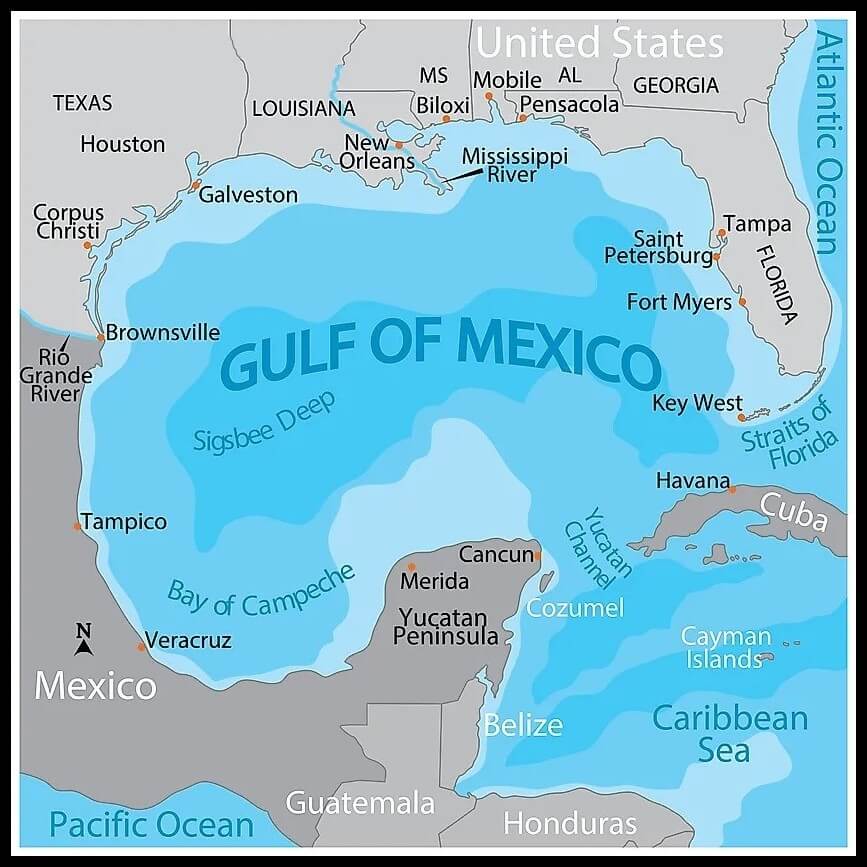
Gulf of Mexico
- It is the largest gulf in the world. The Gulf of Mexico is connected with Atlantic Ocean by the Florida Straits.
- It is bordered by the United States, Mexico, and the island nation of Cuba.
- It has a coastline of about 5,000 km.
- It is one of the most Important Gulfs in the World, as a busy sea route as most of the transatlantic sea trade with USA happen this this gulf.
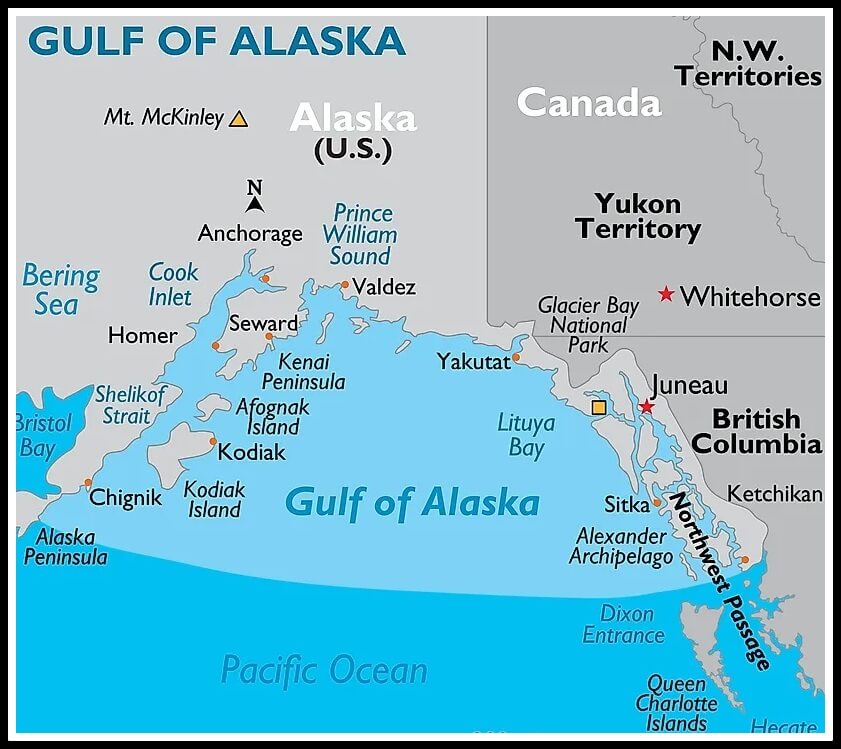
Gulf of Alaska
- The Gulf of Alaska is an arm of the Pacific Ocean.
- The entire shoreline of the Gulf is a rugged combination of forest, mountain, and a number of tidewater glaciers.
- Alaska’s largest glaciers, the Malaspina Glacier and Bering Glacier spill out onto the coastal plain along the Gulf of Alaska.
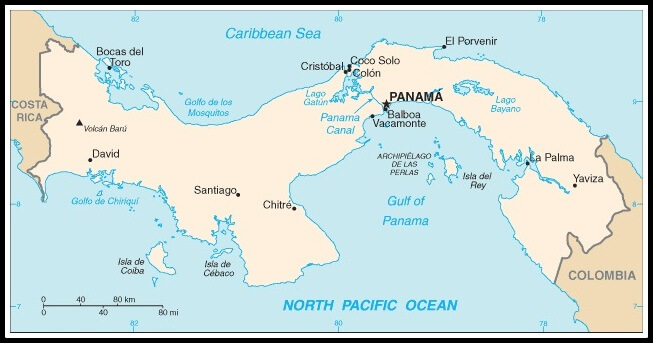
Gulf of Panama
- Gulf of Panama is a gulf in the Pacific Ocean, near the southern coast of Panama.
- It has a maximum width of 250 km, a maximum depth of 220 m, and a size of 2,400 km2.
- The Panama Canal connects the Gulf of Panama with the Caribbean Sea and the Atlantic Ocean.
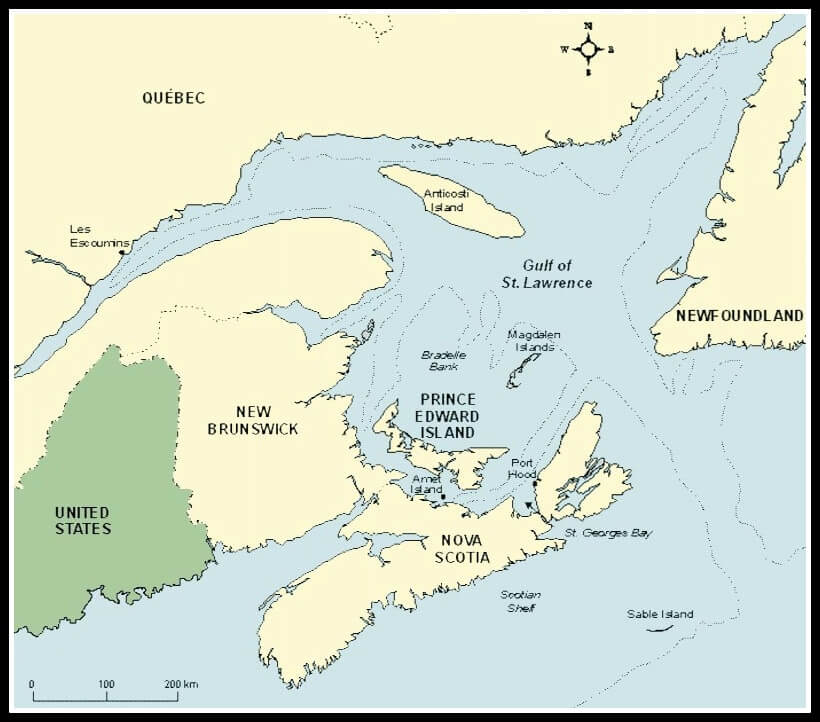
Gulf of Saint Lawrence
- Gulf of Saint Lawrence is the world’s largest estuary.
- The gulf is the outlet of the North American Great Lakes via the Saint Lawrence River into the Atlantic Ocean.
- The Gulf of Saint Lawrence is bounded on the north by the Labrador Peninsula and Quebec, to the east by Newfoundland Island, to the south by the Nova Scotia peninsula and Cape Breton Island, and to the west by the Gaspe Peninsula, New Brunswick, and Quebec.
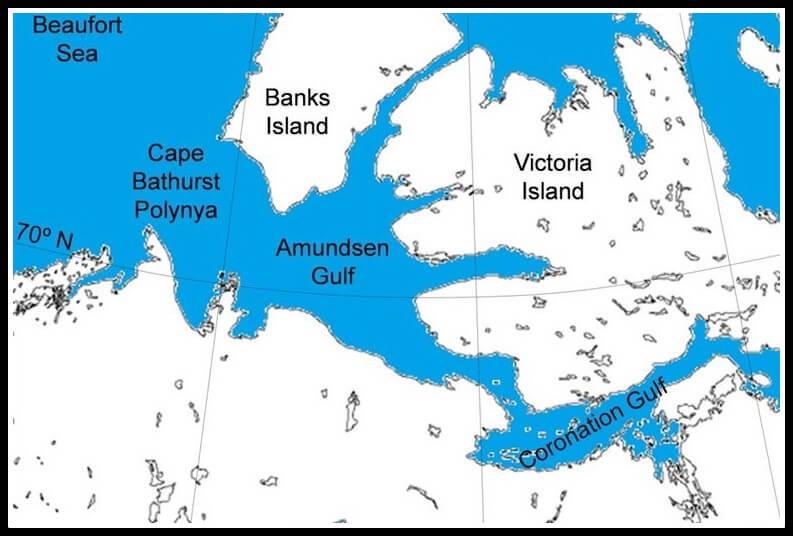
Amundsen Gulf
- Amundsen Gulf is a gulf located in Canadian Northwest Territories, between Banks Island and Victoria Island and the mainland.
- The gulf is 400 km in length.
- The Amundsen Gulf was explored by Norwegian explorer Roald Amundsen.

Gulf of California
- It separates the Mexican mainland and the Baja California Peninsula in the Pacific Ocean.
- It is also known as the Sea of Cortez.
- The gulf is known to be the home of one of the most diverse marine ecosystems on the planet because of more than 5000 species of micro invertebrates who live in the Gulf.
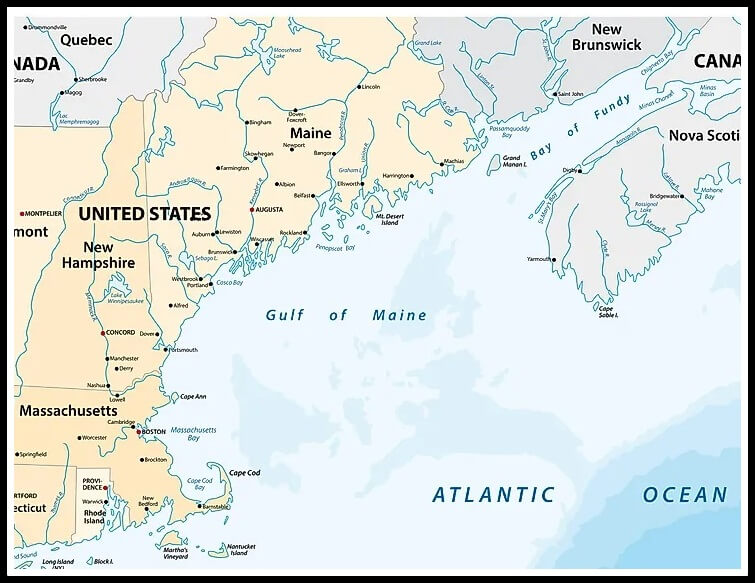
Gulf of Maine
- It is a large gulf of the Atlantic Ocean on the east coast of North America.
- The gulf includes the entire coastlines of the U.S. states of New Hampshire and Maine, as well as Massachusetts north of Cape Cod, and the southern and western coastlines of the Canadian provinces of New Brunswick and Nova Scotia.
So, this is all about the Important Gulfs in the World. If you want to read more notes on World Geography – Click Here.
Major Straits of the World (Complete List)
Landlocked Countries of World (Complete List)
Important Peninsulas of the World (Complete List)
If you Like this Post than please share it with your friends and family and like our Facebook Page to get regular updates. Sharing is Caring J.

